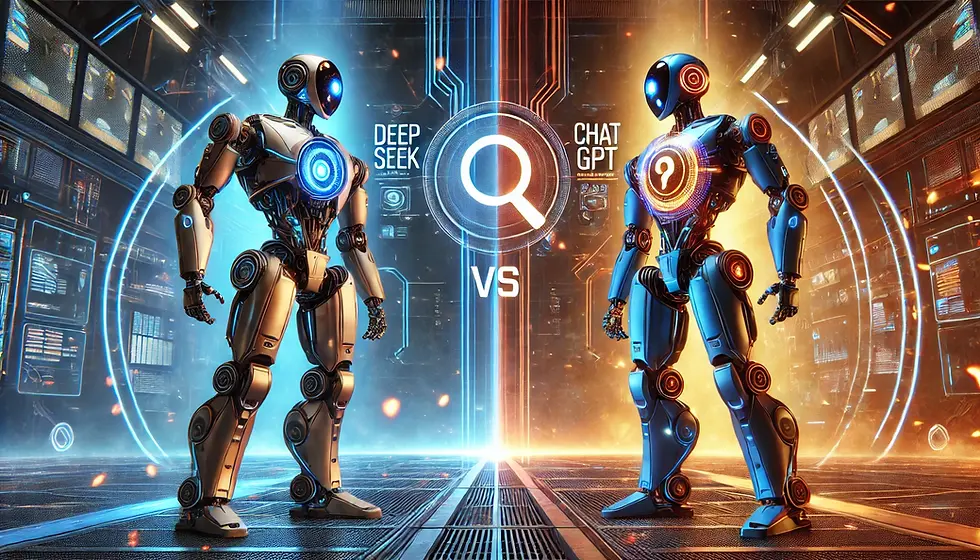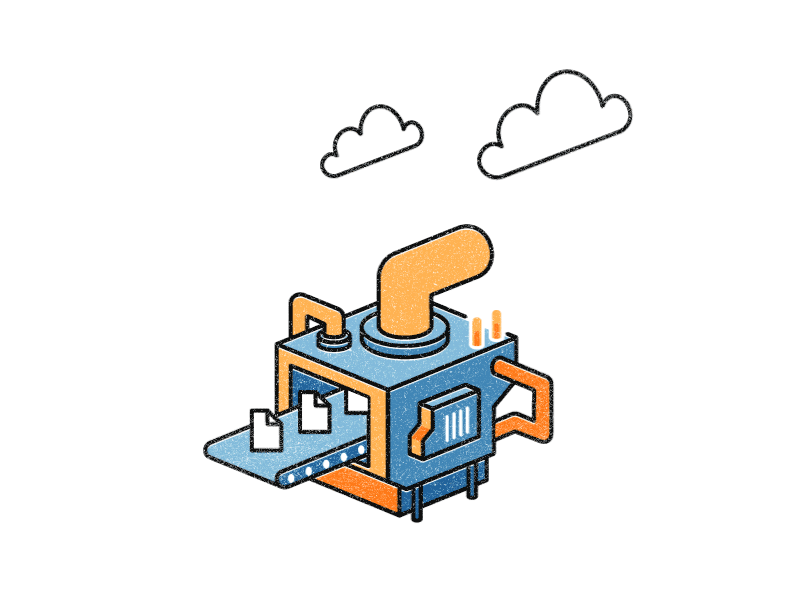Evolution of computer applications
- Aryan Tah
- Oct 25, 2022
- 2 min read
Updated: Oct 30, 2022

Applications are the medium by which users can interact with a computer. Technology has come a long way, from having an app help create spreadsheets to AI-based applications that automate driving.
Initially, desktop applications were the only type of app available on computers. A desktop application is a software program that can run on a computer without an internet connection. They are used to perform specific tasks as per user requirements.
These application runs locally on the pc without the requirement of any browser but requires pre-installation. Since the applications run in an isolated environment, they have fewer security issues making them safer. Desktop apps are mostly operating system dependent and are created targeting the same, for example, Notes and Notepad are notemaking apps developed for MacOS and Windows respectively.
Slowly desktop app which was a single-user application evolved into a multi-user application over a network.
Then came the internet. It revolutionized the way applications worked. It increased the functionality of apps and made them more accessible across the globe. It changed the way we perceived usability when it came to apps. These apps are called web applications.
The first-ever web apps were created using HTML, they included static content which means that the same webpage would be displayed to every user accessing it. Even though these types of applications were more accessible and user-friendly, they limited user interactivity which means that the amount and type of content were the same for all.
With time, the apps started to become more dynamic with the introduction of ASP and JSP which were basically scripting languages which could be used to create dynamic websites. These apps were dynamic and presented user-specific content and personalization.
The diagram given below explains the evolution of Dynamic pages in the past 10 years.

Even though dynamic pages were user-specific, they ended up slowing down the page load time. While requesting data in dynamic websites, the entire webpage used to be requested even for minute content which made the overall processing much slower. Ajax(Asynchronous JavaScript And XML) was a game changer, it was an asynchronous method used for faster and smoother functioning of webpages. It used to only return the requested content(part of a page) which made webpages much faster.
SPA(Single Page Application) is a next-level modern app, this type of app loads the entire website at once and goes back to the server only for the contents (data). Data is served using REST API which we will cover in the upcoming blogs.
Let's wait and watch how this further evolves in the upcoming years and we might even see the involvement of AI here.



Comments